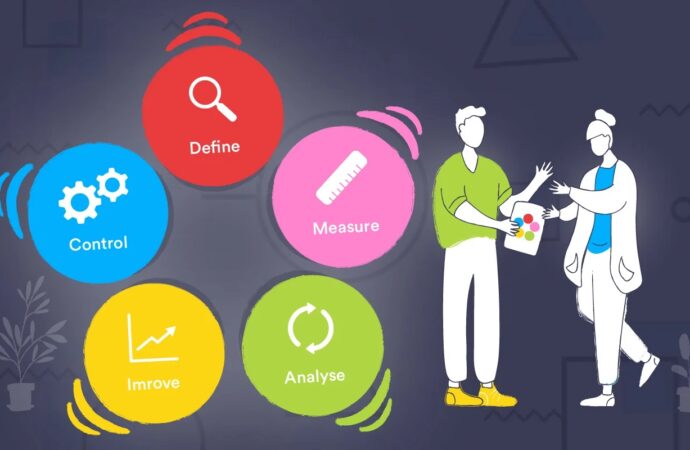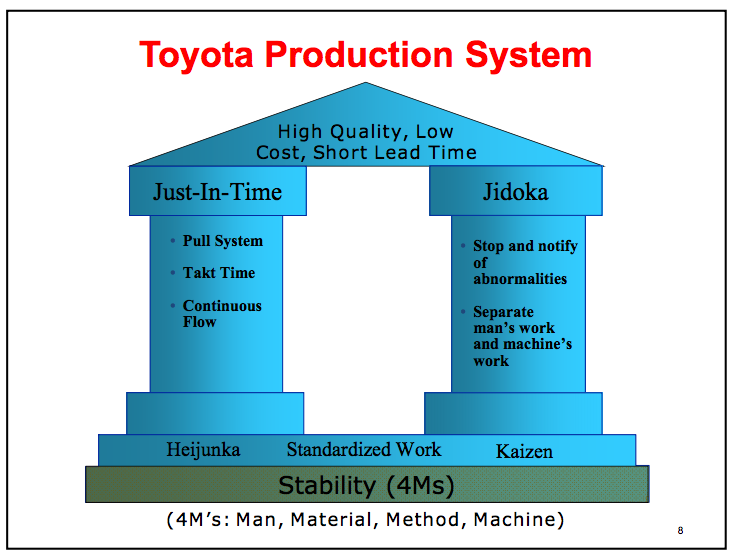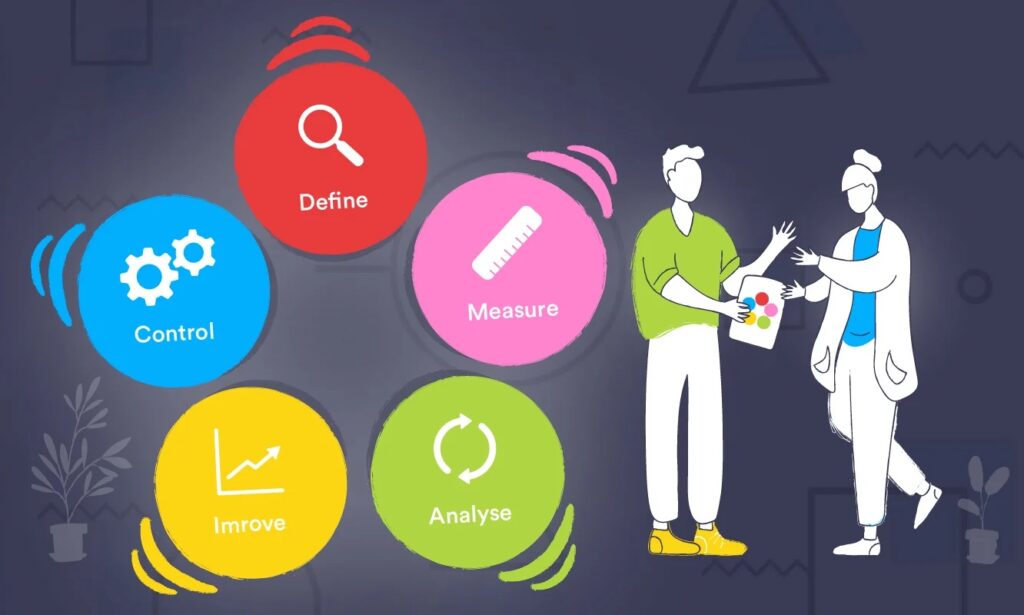Green Bay Residents - Learn Lean Six Sigma’s History Here
Contact Us

Lean Six Sigma is not methodology companies and businesses can afford to ignore today. In fact, even schools and community colleges are showing interest in it as a result of proving that it can be used for more than just manufacturing since its inception in the late 80s. When you start showing interest in LSS, it is important to know its history so you can have an idea of how the methodology works. At Lean Six Sigma Curriculum for Green Bay High School Students of Wisconsin, our team will make sure to take you over the essentials and ensure you leave this page while knowing the basics about Sigma.
Let’s first establish that Lean Six Sigma is a blend of Japanese management methods and principles that can later be traced back to the United States. Kaizen, which emphasizes cooperation and commitment as a means of continuous improvement, is more like the competitor of LSS.
Kaizen is different from other methods in that it focuses on the idea of small, positive changes. It also eliminates unnecessary steps and processes, which saves time.
Many Japanese companies used this Japanese method to compete for their products, ideas, and services and even allowed the Japanese manufacturing industry to be at the top back in the 80s, leaving USA companies way behind.
LSS can be traced back to the USA, where it was developed as a new method to compete with Japanese industries. LSS was founded around the same time as Japan dominating the market to compete with Japan’s superior products and to adopt Japanese principles for better results.
These principles were designed to reduce waste by taking non-value-adding measures and were adopted in large U.S. corporations in the early 90s—mostly.
How LSS Really Started
It is important to understand that LSS is an answer to the Japanese method, and U.S. companies have begun to follow many of its principles, but the Lean Six Sigma methodology actually combines two separate methodologies that aren’t often mentioned.
We need to understand the differences between Six Sigma and Lean, as they are two distinct elements that were combined.
Due to its structure and principles, the first, Lean, is often called “thinking.” People often refer to the origins of Toyota’s system using the term “Lean.”
Toyota refers to its system as the “Toyota Production System” (TPS). John Krafcik, a researcher at MIT in 1987, was one of the students of the founder. He was looking for a name to describe the TPS system.

On a whiteboard, he wrote down the characteristics and differences between Toyota’s system and traditional mass production. He concluded that the Toyota system needs less of everything to create value after his analysis and research.
Lean Thinking was born quickly from this whiteboard as it was the perfect idea around what Toyota’s system offered as it focuses on reducing waste and non-value-added activities.
Lean has its own foundations and principles. This includes understanding the customer and understanding the value stream and waste of each process. Value flow is based on constant pursuit, so companies have a better idea.
Six Sigma, on the other hand, is an American-based organization with roots that date back to the 1980s. Motorola is the originator of Six Sigma since the company was a struggling competitor to foreign companies at the time, and its CEO Bob Galvin set a goal of tenfold improvement in five years.
This plan focused on global compactivity, participative management, quality improvement, and global competitiveness. Six Sigma became the standard for all Motorola business processes within no time.
Six Sigma’s success was due to Welch, a G.E., and strong leadership. Although “Neutron Jack” was a well-known leader with a style that was different from Toyota’s, he was admired by many.
Now, Six Sigma is more than a quality program and a way to identify and solve problems.
When taken together, Six Sigma and Lean both recognize that the process is what must change, and this is one of the main focuses of LSS today.
How Is Lean Six Sigma Used?
LSS has been used in many ways throughout history. It is designed to increase productivity and efficiency and reduce waste.
It’s a good idea for people to understand the principles and solutions of Lean, Six Sigma, and Kaizen. This will help them see the benefits and drawbacks of LSS.
Lean allows workers and companies to better understand customers and prioritize their needs. However, they can still focus on the company’s value stream, processes, and value flow to achieve perfection.
Six Sigma is committed to excellence and a system that ensures more efficiency and clean processes. Continuous improvement and innovation are key goals of 6 Sigma.
The Kaizen method consists of five elements: teamwork and personal discipline, better morale, quality circles, and suggestions for improvement.
When it comes to our main methodology today, Lean Six Sigma can be used for its many benefits to both businesses and students, as well as professionals and students who are undergoing training:
- Learn how to reduce waste.
- Increase efficiency.
- Reduce errors.
- Reduce legal risk for the company.
- Time management can be improved.
- Lower costs mean higher revenues and better salaries.
- Motivate employees.
- Innovation and leadership are fundamentals.
Lean Six Sigma Training
Contact our Lean Six Sigma Curriculum Pros of Green Bay team. We are experts in the history of Lean Six Sigma and how it works. We can also teach high school students, college students, business professionals, and entire companies how to implement LSS into their lives.
We want to make sure you have all the benefits and that you are a valuable resource in any place or company you choose to work.
Companies can grow and innovate more easily if their employees and experts are certified under one of our belts.

